
Confluence Trading: combining multiple strategies into one
Have you ever thought about what is confluence trading exactly? How can you combine multiple strategies into one to increase your chances of making significant profits in the future? No matter what kind of Foreign exchange trader you think you are and your trading goals, confluence trading is always an excellent choice for many reasons we’ll discuss further in this article.
First of all, knowing the confluence trading definition and its true meaning will help you understand what is it all about and how can you use it in your everyday trading practice. So, let’s begin with the term “Confluence” before we get deeper into confluence trading, shall we?
What is confluence exactly?
The term “confluence” refers to combining multiple strategies and trading ideas that form one complete strategy. The general definition that describes this term the best is when a minimum of two, or more, things of the exact nature converge, agree, or meet on the same basis.
In everyday life, the term “confluence” is mainly used to describe a geographic point where two or multiple different rivers come together and form one body of water. The same logic is also used in the context of trading to express the confluence of various signals.
In a nutshell, the concept is best described as the area in the trading market once at least two or more structures come together to form a high probability of a buy/sell zone.
When does it occur?
It occurs once multiple technical analysis methods provide the same trading signal. In often situations, these are technical indicators. However, they could also be combined with the following things:
- Price action
- Chart patterns
- Chart overlay tools
Confluence trading definition
Confluence trading represents the act of combining more than one single trading technique or analysis to increase your chances of winning trade once you use multiple trading indicators that provide the same “reading” as the best possible way of confirming the validity of a probable buy or sell signal.
It refers to any situation where you can see multiple trade signals that line up on the chart and signal you to take a trade. Confluence trading in forex is when multiple variables agree on the same basis.
In this context, “the same basis” refers to the direction of the market, which can be either upward or downward. Whole variables are techniques that make up the confluence trading.
A brief example of confluence trading
Suppose you use a single technical analysis tool that equals a 40% accuracy rate of predicting the correct price movement. You use a second on-correlated technical analysis tool to filter your decision more. You will increase your odds of earning profits in this way.
So, you will use the concept of confluence to find a trade setup using numerous technical analysis methods. Keep in mind that all of these autonomous forms of analysis signal a similar price movement.
This could happen once support and resistance levels are closely aligned with extension levels and Fibonacci retracement. What is also able to act as areas of interest are the following things:
- Psychological levels
- Dynamic support and resistance levels such as Bollinger Bands moving averages
- Previous highs and lows
So, once these levels accompany, they form more substantial resistance levels and support. It can all be used as: take profit levels or entry points.
Confluence trading with price action
In this context, price action means the price movement over a specific period. In other words, price action trading represents a trading method that allows a trader to read the market and create subjective trading decisions based on the actual and recent price movements, rather than just relying on technical indicators entirely.
Four Confluence trading price action techniques
The primary four levels or areas of confluence trading that could happen are the following ones:
- Resistance levels
- Support levels
- Fibonacci level
- Trendlines
In short, price action confluence trading is a technical analysis method of observing the prices in the foreign exchange market and trading it. To trade price action confluence, it is essential to possess the ability to spot the “merging” of price once resistance levels, support, trendlines, dibs, etc., all bring the price to a clashing point.
So, what about the most effective confluence trading strategies that every trader should be aware of?
The essential confluence trading strategies
Here are some of the most valuable confluence trading strategies that we recommend you consider for your trading purposes and goals:
1. Market structure (support and resistance)

2. Supply and demand zones
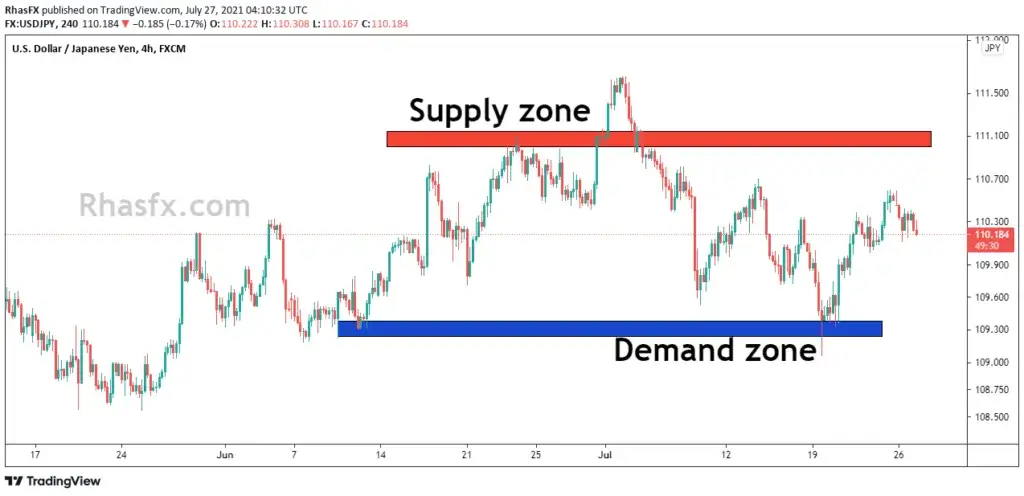
3. The direction of the secondary trend

4. The direction of the primary trend
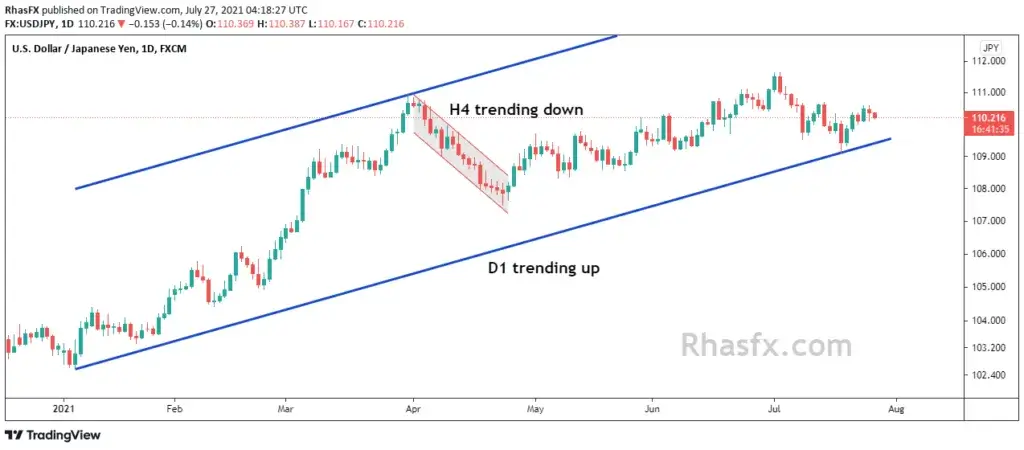
5. Price action patterns
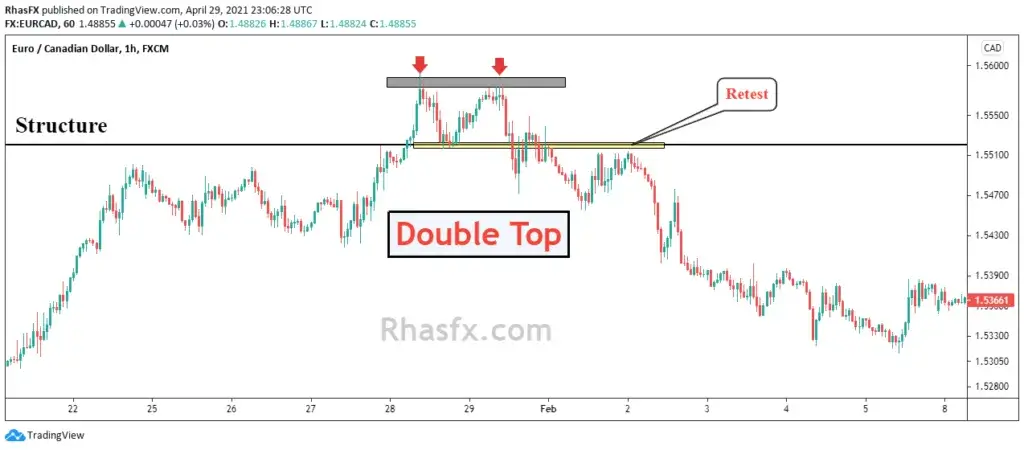
6. Candlestick patterns
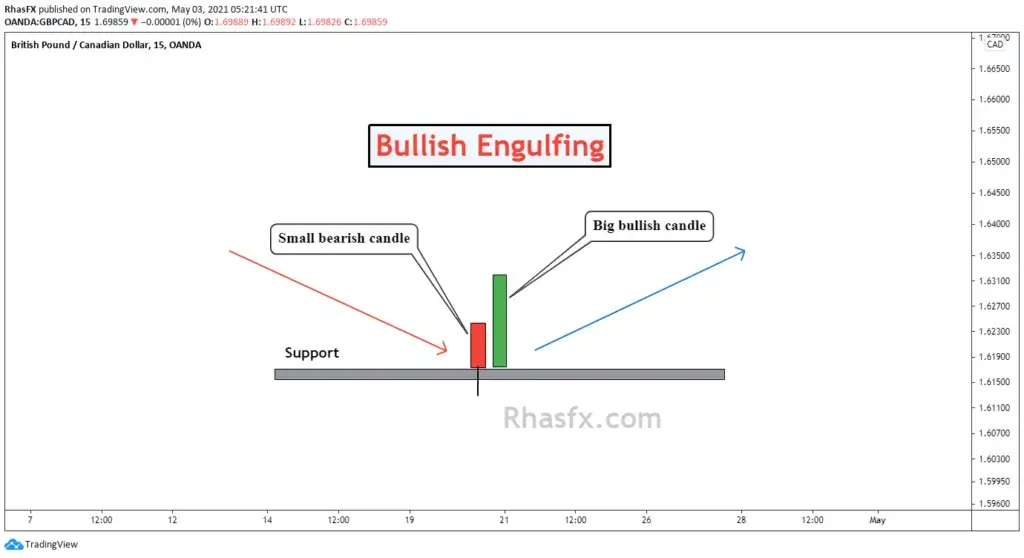
7. Trendline and moving averages

Keep in mind that the primary reason for all this is basic market structures which are horizontal. Nonetheless, they are also able o be diagonal as a form of a trend line and dynamic in the mode of a moving average.
8. Fibonacci retracement price reversal zones
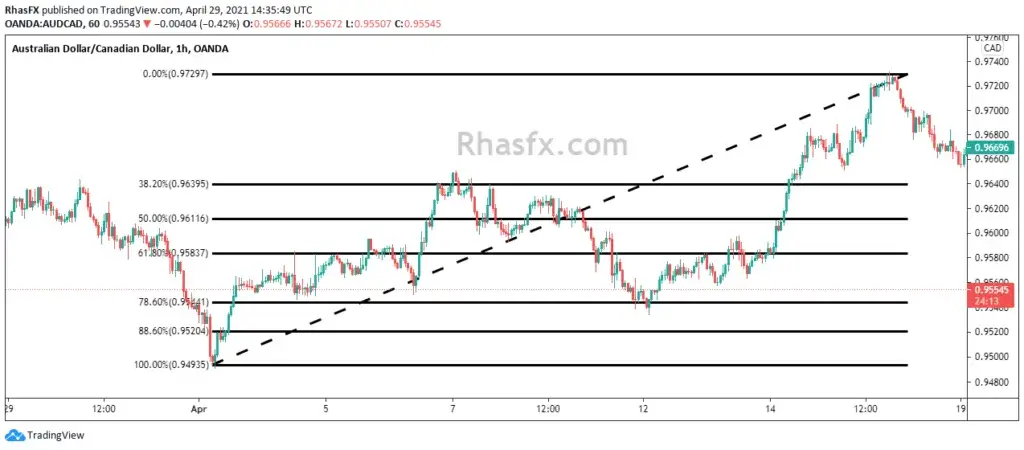
9. Price rejection
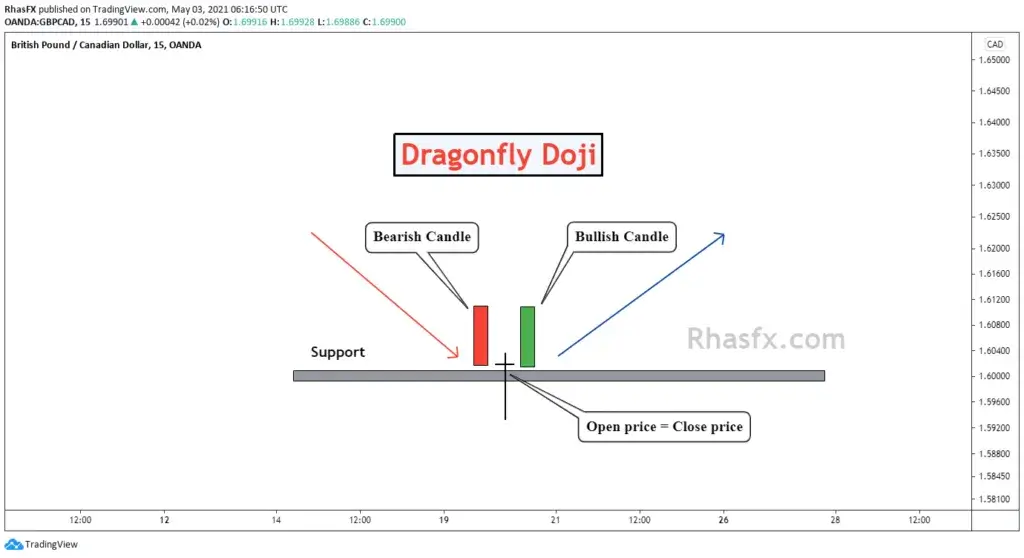
10. Area of confluence
Last but not least important is the area of confluence trading. It’s where two or multiple structures are converged or cross each other. In that way, the area when these two cross each other in any time frame, making it much harder for the price to break that structure.
Indicators
Nevertheless, a confluence trading strategy list is completed with forex indicators in the mix. These indicators represent summarized graphical representations of past candlestick data. Traders mostly use these indicators to help them understand precisely what the market is doing.
How can you use confluence to place a good Forex trade?
Suppose you are using price patterns formed by the candlesticks on your chart, and then you get to see a pattern that signals a “buy” trade. Once the price pattern could be all that’s necessary to be right 80% of the time, you may have to find out that confirming the pattern, with additional confluence, can help you to be right 90% of the time.
The pattern might be all that you require to be right 80$ of the time. You may have discovered that confirming the pattern and confluence might help you be right 90% of the time. Also, if you have tested and found that Fibonacci retracement levels could help you in a proper context, you might expect the following:
If your price pattern signals “buy” aligns with the Fibonacci retracement level, it’s an excellent example of an “A” trade confirmed by confluence. It is not a so-called “cluttered Forex system” since there are no indicators drawn on the charts except the Fibonacci levels.
All you get to see are price patterns. You only overlay the indicator once you wish to check the proper context surrounding a price pattern. In case you do notice that the retracement level matches up with the pivot point you’ve kept your eye on, keep in mind that is another form of confluence and that there are other examples of numerous confluence examples that place a great Forex trade.




